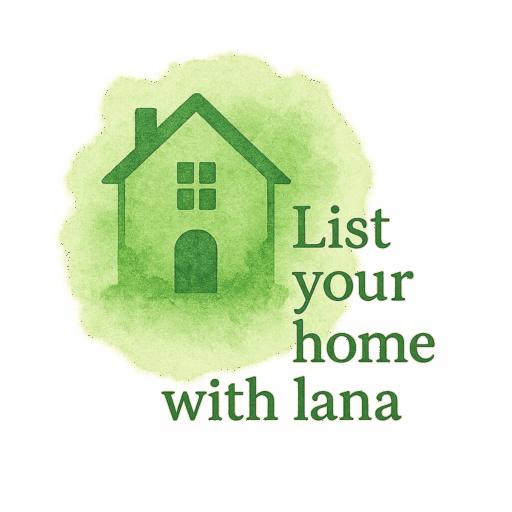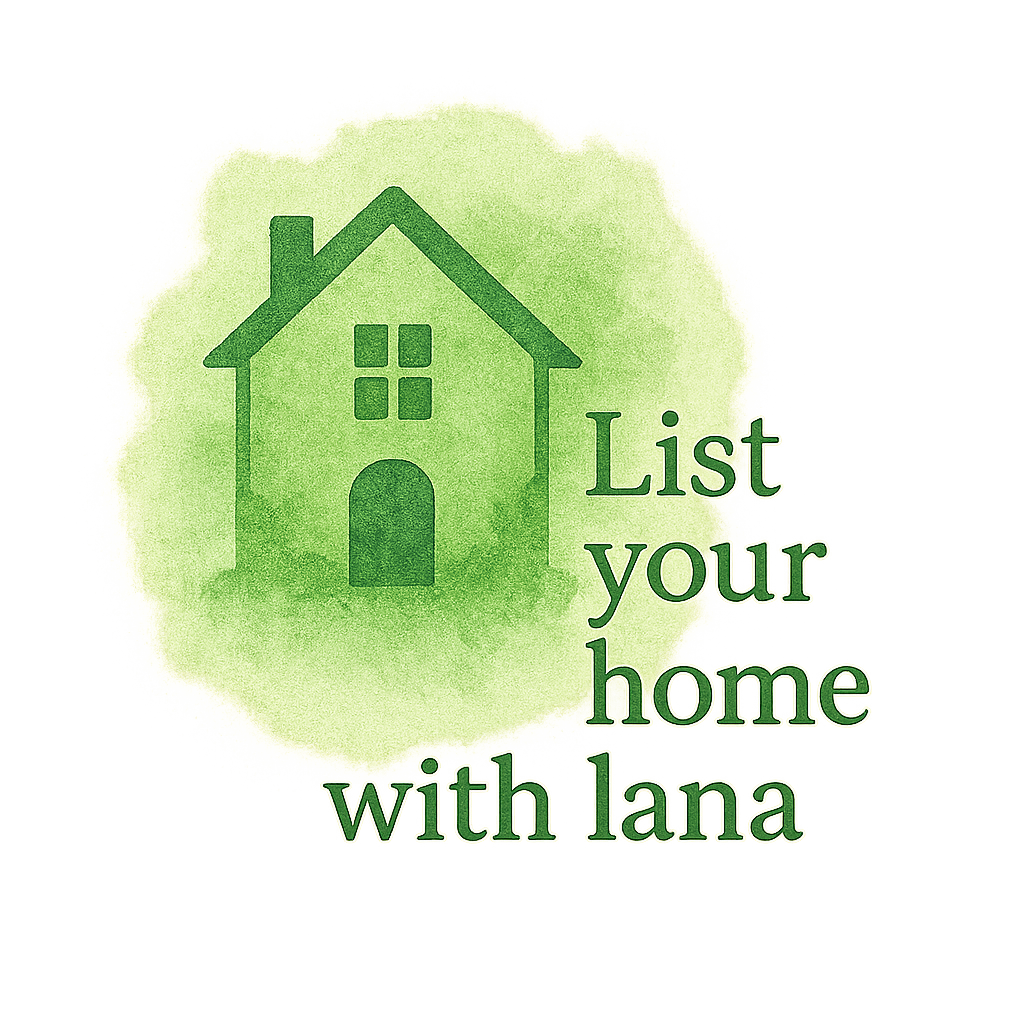Let’s be real—when you’re buying a house, you’re not just buying four walls and a roof. You’re investing in the entire neighborhood. The truth is, even the most stunning home can lose value if it’s in a less-than-desirable area. So, what exactly makes a neighborhood valuable? Let’s explore seven neighborhood features that drive up home value—and why they matter more than you might think.
Why Neighborhood Matters More Than You Think
A great neighborhood isn’t just about pretty streets or having a nearby coffee shop. It’s about livability, safety, and potential. Buyers today are smarter and savvier—they do their homework. That’s why understanding what makes a neighborhood stand out can be your secret weapon whether you’re buying or selling.
For more insights on smart home buying strategies, check out these home-buying tips.
Feature #1: Top-Rated School Districts
How Schools Influence Home Prices
This is a big one—especially for families. Homes located in highly rated school districts consistently fetch higher prices. According to real estate pros, even buyers without children often consider school ratings because they know it boosts resale value.
What Buyers Should Know
Before putting in an offer, check school rankings on platforms like GreatSchools.org. A small two-bedroom in an “A+” school zone might be worth more than a larger home elsewhere. If you’re a first-time buyer, this could be the key to a wise long-term investment.
Feature #2: Access to Parks and Green Spaces
The Appeal of Outdoor Living
Parks aren’t just for kids and joggers. A nearby green space gives a neighborhood that relaxing, open-air feel. Think Sunday strolls, morning runs, or reading under a tree—buyers love that lifestyle.
Nearby Nature = Higher Demand
Studies show that homes within walking distance to parks can see a price boost of 8% to 20%. Not to mention, these areas often rank high in quality of life and homeownership tips.
Feature #3: Walkability and Public Transit
Walk Score’s Impact on Property Value
In today’s fast-paced world, people crave convenience. A high Walk Score means you can ditch the car and walk to shops, gyms, schools, or work. That’s a major value-booster for millennials and city dwellers.
Public Transit Boosts Desirability
Even in suburbs, access to a bus line or train station can spike home values. In fact, real estate markets with solid public transit networks are often more resilient during downturns. Curious about city trends? Peek at home market trends for where prices are climbing.

Feature #4: Low Crime Rates and Safety
How Safety Impacts Buyer Confidence
It’s simple—people want to feel safe. Safe neighborhoods attract more buyers, which naturally drives up demand (and home values).
Crime Stats to Research Before Buying
Check local crime maps and police reports. Low-crime areas tend to hold their value longer and sell faster. For a full list of what to look for, here’s a helpful checklist for evaluating neighborhood safety.
Feature #5: Local Amenities and Entertainment
Restaurants, Cafés, and Shopping Hubs
Buyers love convenience. If they can grab sushi, sip lattes, or grocery shop without a car ride, that’s a major plus. These areas become hot spots, especially among younger professionals.
Proximity to Services and Fun Matters
From fitness centers to movie theaters, the more nearby entertainment, the better. This contributes to vibrant real estate activity and helps in staging for a quick sale.
Feature #6: Strong Community Vibe
Friendly Neighbors Mean Big Value
A sense of belonging goes a long way. Neighborhoods where people greet each other, host block parties, or share gardening tips are more likely to attract buyers—and get multiple offers.
Community Events and HOA Perks
Look for areas with community newsletters, holiday events, or helpful homeowners’ associations. These features can be huge pluses, especially if you’re prepping for home selling.
Feature #7: Economic Stability and Job Opportunities
How Local Economy Affects Real Estate
If people are moving into an area for jobs, housing demand goes up—and so do prices. A steady or growing job market is a strong sign that buying in the area is a good move.
Look for Growth Indicators
New businesses, startups, or even construction projects can be green lights for future value. If you’re eyeing long-term appreciation, this one’s a game changer. Stay up to date with real estate market news for smart insights.
Bonus Tips: Neighborhood Red Flags That Lower Value
Not every neighborhood is gold. Watch out for:
- High rental turnover
- Poorly maintained homes
- Limited parking
- Noisy industrial zones
- Declining school performance
Before making a move, check out these home financing resources to stay budget-smart.
Final Thoughts
Your dream home is only as good as the neighborhood it’s in. So, before falling in love with granite countertops and hardwood floors, zoom out. Think about the schools, the parks, the vibe, the walkability. When these seven features line up, you’re not just buying a house—you’re securing long-term value.
Whether you’re buying or selling, remember to work with professionals who know your market inside and out. And if you’re starting your real estate journey, check out all the helpful resources at List Your Home With Lana.
FAQs
1. Do school zones really make that much of a difference in home value?
Absolutely. Homes in top school districts can command 10-20% more—even for buyers without kids.
2. Can walkability really affect how much my home is worth?
Yes. High Walk Scores often translate to increased buyer interest, which can push prices higher.
3. What kind of amenities are buyers looking for in a neighborhood?
Think parks, restaurants, shops, fitness centers, and quick access to daily essentials.
4. How do I check crime rates in a neighborhood?
Use tools like SpotCrime, AreaVibes, or check with local police departments. Always do this before buying.
5. Is it better to buy in a “hot” neighborhood or one that’s up-and-coming?
Both have pros. “Hot” means stability and demand, but “up-and-coming” can offer greater growth potential.
6. How do economic factors like jobs impact real estate prices?
More jobs = more people = higher demand = higher home values. It’s a domino effect.
7. What’s the best way to evaluate a neighborhood if I’m a first-time buyer?
Use this first-time buyer guide, tour the area at different times, talk to locals, and work with a seasoned agent.


